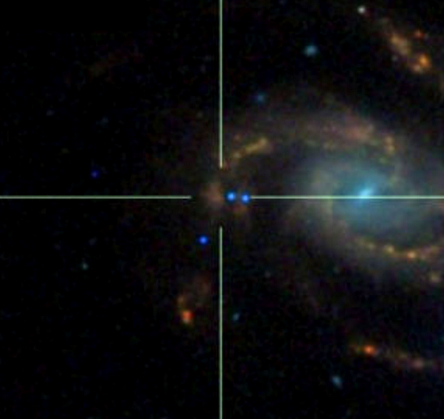Star burst caught early
 Scientists have captured the very early stages of a supernova; the violent explosion of a star in a nearby galaxy.
Scientists have captured the very early stages of a supernova; the violent explosion of a star in a nearby galaxy.
A range of different telescopes were used to pick up the mind-boggling event just three hours after it blew, allowing researchers to see the debris and determine what happened just beforehand.
On 6 October 2013, the Intermediate Palomar Transient Factory (iPTF), a fully automated survey of the sky, spotted an event in a nearby galaxy called NGC 7610.
Telescopes were trained on the particular patch of space to observe the upcoming event, allowing researcher Ofer Yaron and colleagues to analyse and find out what had happened.
They show that the event was a red supergiant exploding into a type II supernova.
They were even able to see that the star was surrounded by a disk of matter that had formed in the year before it died, as it had been rapidly ejecting lots of material, losing mass before the collapse.
As type II are the most common form of supernovae, the observations made by Yaron and colleagues suggest the same behaviour would probably hold true for many exploding stars.









 Print
Print